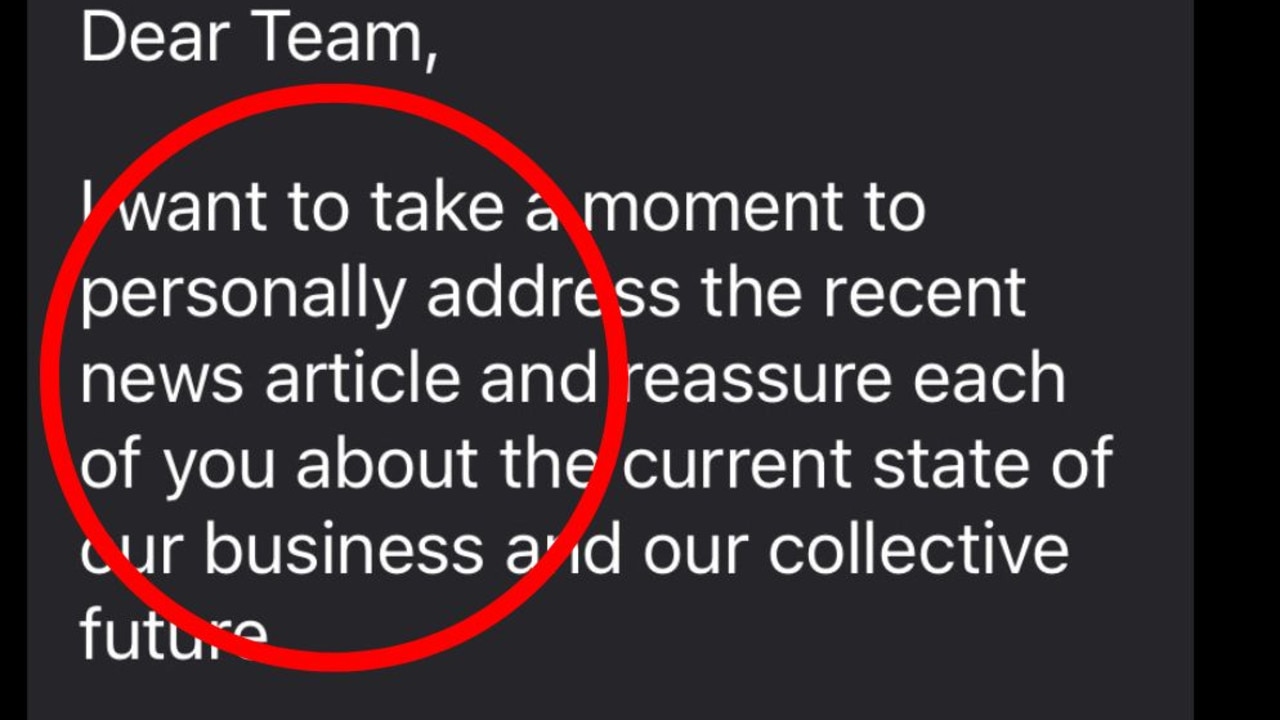Supermarket catalogues from past decade reveal new reality of product prices
Supermarket catalogues from a decade ago to just four years ago show how prices have jumped exponentially.

Retail
Don't miss out on the headlines from Retail. Followed categories will be added to My News.
Supermarket catalogues from years gone by are set to shock Aussie shoppers.
While many have felt the pinch of the cost-of-living crisis in the post Covid-19 world, the catalogues dug up over the past decade show just how drastically things have changed.
2014 CATALOGUE
One catalogue taken from the archives in 2014 shows a 24 pack of Kleenex toilet paper costing just $10, with the same product costing $13.50 at Woolworths today.
Meanwhile, a 600g block of tasty cheese set shoppers back $6 a decade ago, with the product now doubled in price and worth $12.
The same 2014 Woolworths catalogue shows a 30 pack of soft drink on sale for $19, meaning the cans come to just 64c each.
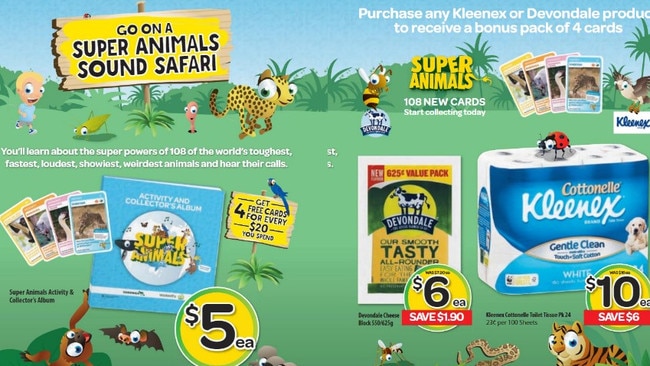
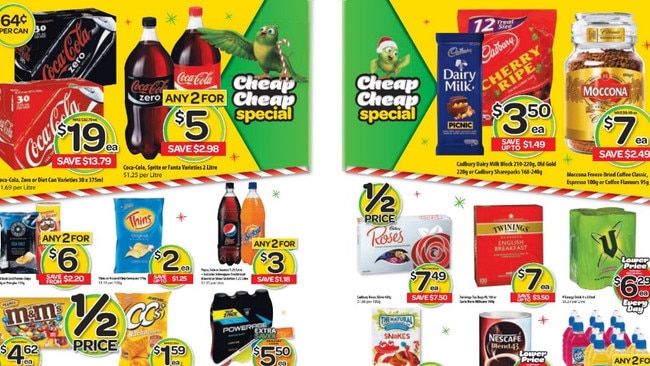
In 2024, the same amount of cans costs Aussies more than double at $47.20.
Shoppers will be shocked to see the price of chips has risen exponentially, with a bag of 175g Thins costing just $2 in 2014.
At the moment, chip fans can get the same product for double that at $4, on sale from the usual price of $5.
In 2015, Cadbury chocolate bars were just $3.50 each, while 750ml of olive oil put shoppers back just $8.50.
Now the chocolate costs $6, while the same amount of olive oil is now worth $20.


Another 2015 catalogue from Woolworths shows TimTams priced at $2 for a pack, with shoppers in 2024 paying double.
Coles catalogues from 2014 show much of the same, with a loaf of Helga’s bread costing just $3 a decade ago and the same loaf now costing $4.90.
A block of Bega cheese used to put shoppers back just $4 at Coles, with the same product now costing $7.50.
Shockingly, the price of biscuits at Coles hasn’t changed much, with Arnott’s scotch fingers costing $2 in 2014 and now available for $2.50.
EASTER EGG PRICES
With Easter just around the corner, it’s interesting to note how much the prices of seasonal treats have changed.
A 2016 catalogue has revealed that a 20-pack of Cadbury hollow Easter eggs set shoppers back just $7, meaning the eggs were 35c each.
Catalogues in 2022 show a 10 pack of Easter eggs costing just $3.75, meaning eggs were about the same price in 2016.
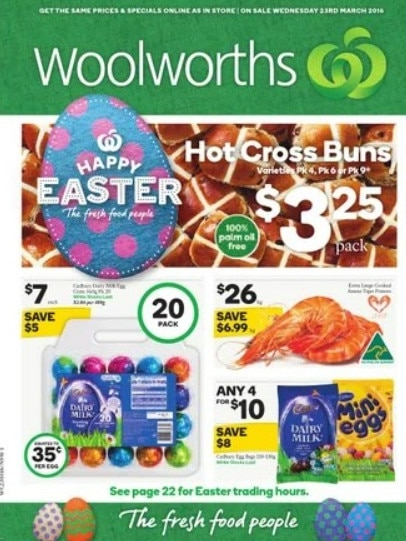

Just two years later in 2024, the “hunting eggs” come in a pack of 24 and cost shoppers $12.50. This means the eggs are 50c a pop.
In 2015, the iconic Lindt gold bunny cost $4, with Woolworths now selling the product for double at $8.
HOT DEBATE
Supermarket prices have been a hot topic since inflation and the cost-of-living crisis began hitting Aussies last year.
While experts say it’s normal for produces of goods and services to increase over time, the increase after Covid has been rapid, hurting households across the country.
An inquiry into supermarket prices has been told the companies are making excessive profits by using their significant market power to set unfair pricing practices.
Repeated interest rates have also hit business and households hard, with fuel prices soaring to new highs, power bills doubling and rents hitting unprecedented levels.
All of this together with higher prices at the checkout, it’s clear why Aussies are feeling the pressure.
Four separate reviews, including a competition watchdog price inquiry, into the conduct of the supermarket chains are under way.
Politicians from all sides have been heaping the pressure on the supermarket duopoly in recent months after Coles and Woolworths returned profits that exceeded $1bn last financial year.
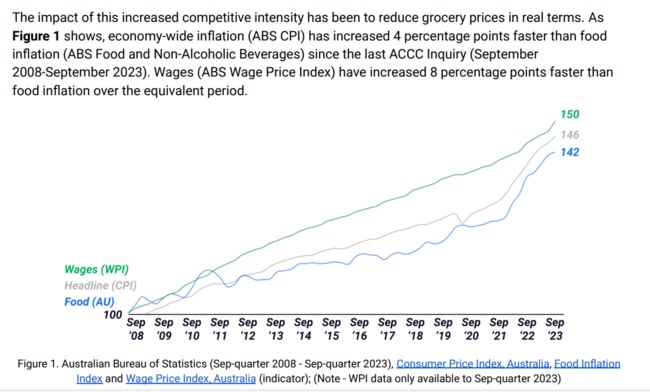
Both Coles and Woolies have previously denied engaging in price gouging.
A Woolworths spokesperson told NCA NewsWire that the company understood many Aussie families were doing it tough and looking for relief at the checkout.
“While looking back at catalogues might see some different prices, what hasn’t changed is our commitment to bringing the best of Australian fresh fruit and vegetables to our customers,” the spokesperson said.
“In the 14 months from November 2021 to January 2023, we received more than 1800 cost increase requests from our long-life suppliers with an average per month 4.5x our pre-Covid volumes.
“So there’s always a balance to maintain of paying suppliers fairly, rewarding our team and as well ensuring customers get their Woolies worth when they shop with us.”
Coles has been contacted for comment.
Originally published as Supermarket catalogues from past decade reveal new reality of product prices


